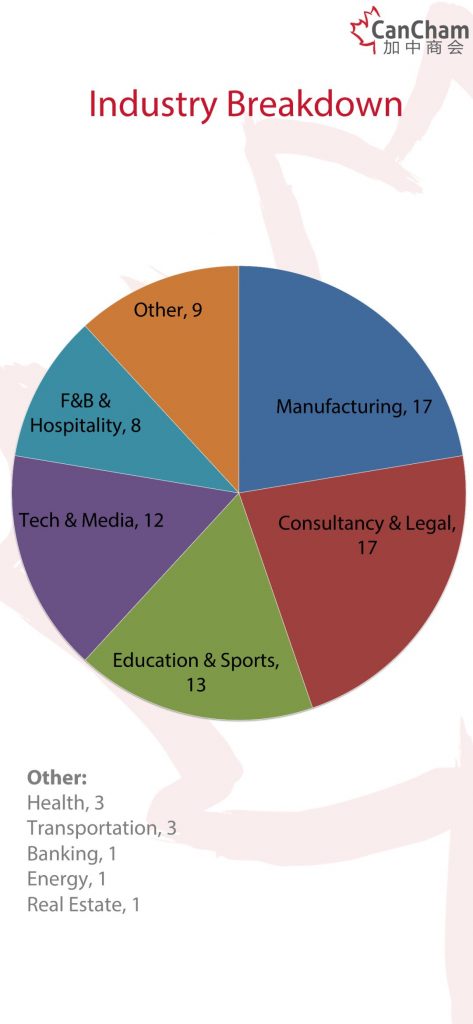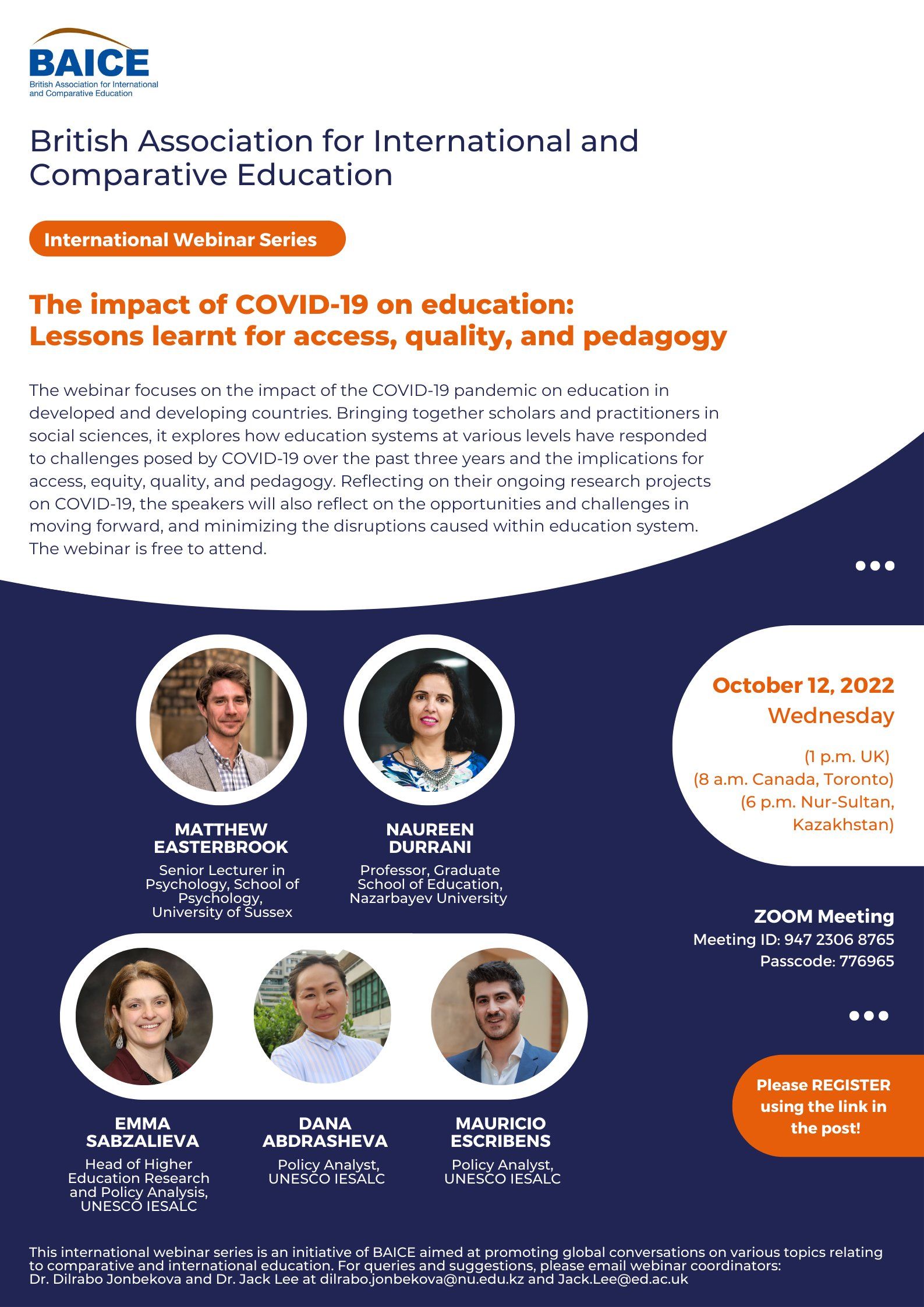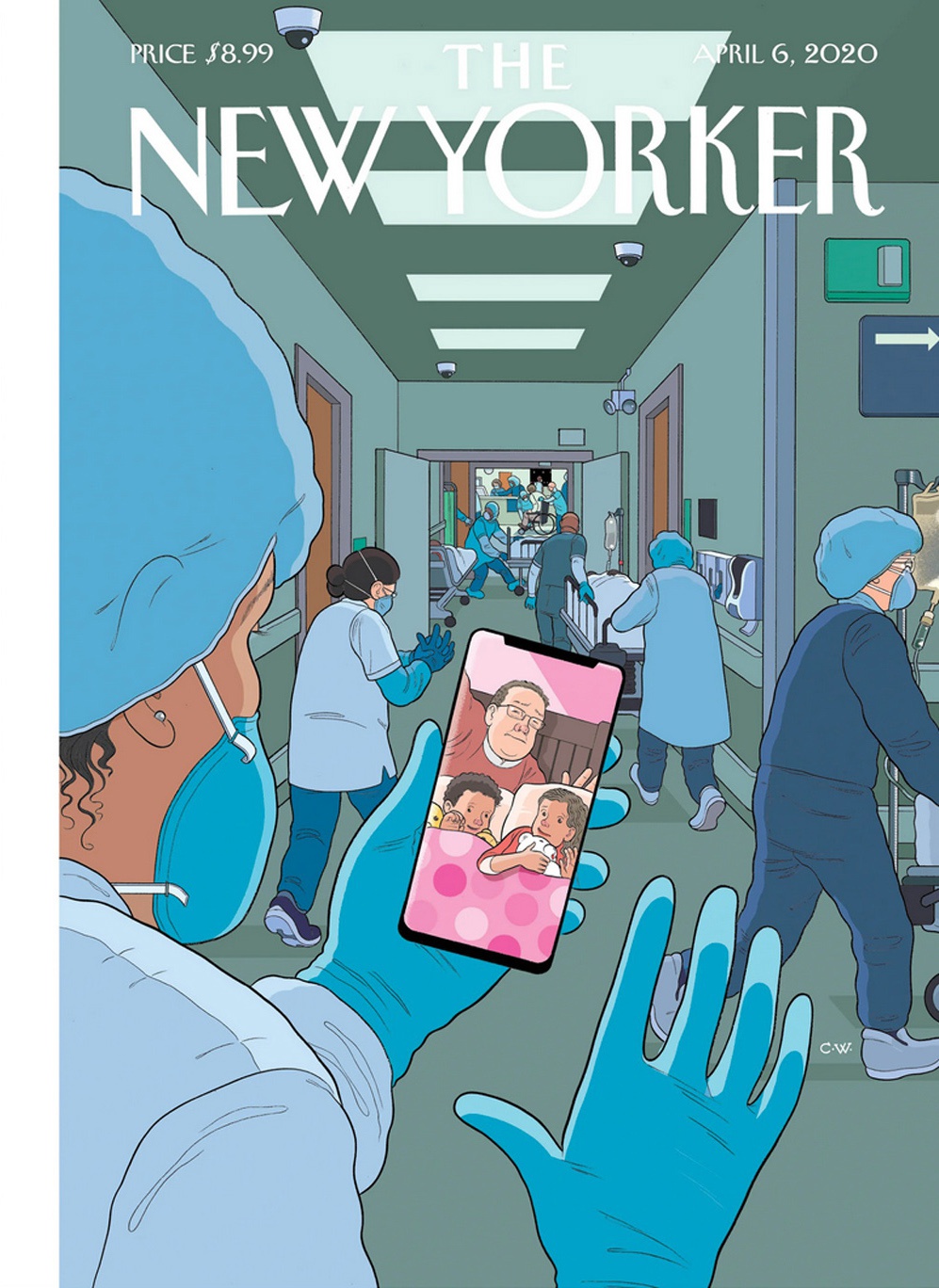COVID-19 Pandemic: Challenges and Opportunities for Global English Communication
The COVID-19 pandemic has not only reshaped the physical landscape of our world but has also significantly influenced the way we communicate, particularly in the realm of English language usage. As countries around the globe grapple with the virus's spread and the subsequent lockdown measures, English, being an international lingua franca, has emerged as a crucial bridge for information exchange, collaboration, and solidarity amidst the crisis. However, this unprecedented situation has also presented unique challenges and opportunities for English language learning and usage.
Challenges in English Communication during the Pandemic
1.Digital Divide Widening:** The shift to remote work and online education due to lockdowns has exposed the digital divide, particularly in developing countries where access to stable internet and technology is limited. This has made it difficult for many to participate in virtual meetings or engage in online learning in English, hindering their access to crucial information and resources.
Translation Barriers: The rapid spread of misinformation and false claims about COVID-19 has led to a surge in demand for accurate and timely translations of scientific studies and government announcements into local languages. However, the limited availability of translators and the language barriers they face have created a significant challenge in disseminating crucial information effectively.
Mental Health Concerns: The isolation and uncertainty caused by the pandemic have taken a toll on people's mental health, including English language learners. Stress and anxiety can impact language learning abilities, making it harder for individuals to maintain their English proficiency or even pick up new skills.
Opportunities for English Language Development
Online Education Expansion: The pandemic has accelerated the adoption of online learning platforms worldwide, providing English language learners with access to a wealth of free or low-cost resources. MOOCs (Massive Open Online Courses), online tutoring services, and self-study materials have become more accessible, fostering a culture of lifelong learning.
Digital Communication Tools: The rise of video conferencing tools like Zoom, Skype, and Microsoft Teams has not only facilitated social connections but also created a platform for English language practice. Real-time conversations, group discussions, and virtual language exchange programs have become popular, enhancing language proficiency through immersive experiences.
Increased Focus on Health Communication: The pandemic has underscored the importance of effective health communication in English, leading to a surge in training programs for healthcare professionals on how to communicate scientific information clearly and compassionately. This emphasis on communication skills has not only improved patient outcomes but also paved the way for more inclusive and accessible healthcare systems.
Creativity in Content Creation: The need for creative content in various languages to combat misinformation has sparked a wave of innovative projects using English as a tool. From podcasts explaining complex medical concepts to animated videos that make science accessible, these initiatives have not only educated the public but also showcased the power of English as a creative medium.
Conclusion: A New Normal in English Language Learning
The COVID-19 pandemic has undeniably posed challenges to English communication but has also opened doors to new opportunities for language development. As we navigate this "new normal," it is crucial to recognize the importance of digital literacy, mental health support, and creative content creation in maintaining and enhancing our linguistic abilities.
Governments, educational institutions, and private sectors must collaborate to bridge the digital divide, provide adequate resources for online learning, and create safe spaces for mental well-being. By doing so, we can harness the potential of English as a unifying force during times of crisis while also preparing our societies for the future by fostering a culture of continuous learning and adaptation.
In conclusion, the COVID-19 pandemic has transformed the way we use English, presenting both challenges and opportunities that require a collective effort to ensure that this international language remains a powerful tool for communication, collaboration, and understanding amidst global crises.












 京ICP备11000001号
京ICP备11000001号
发表评论